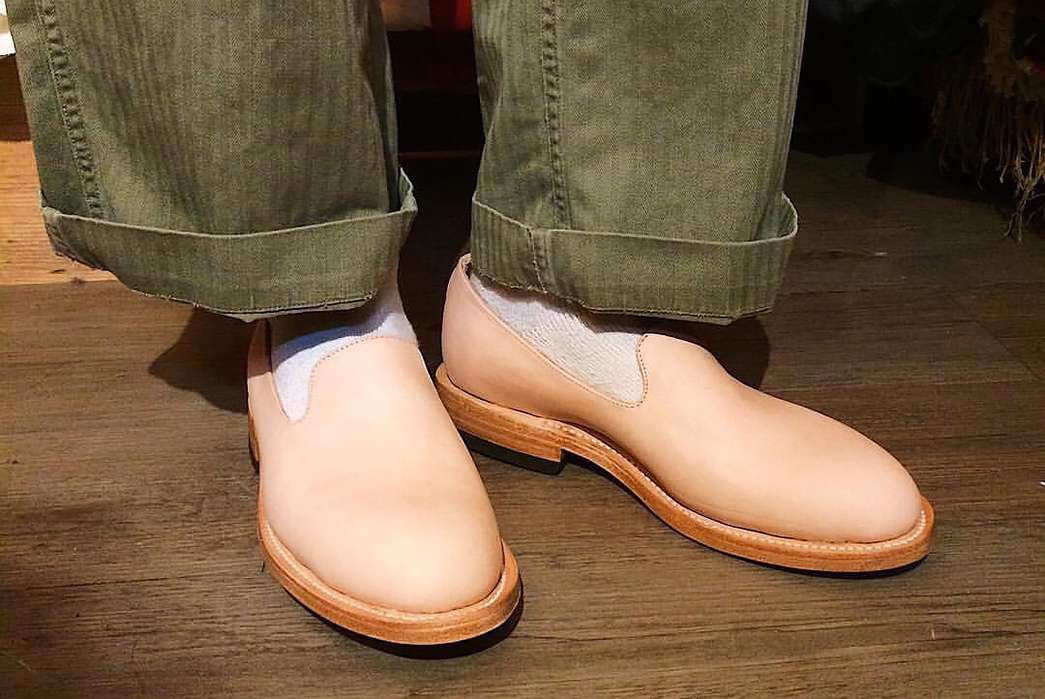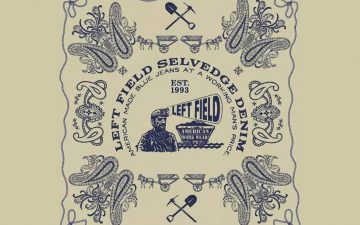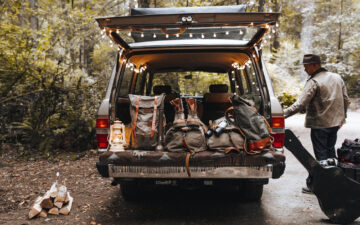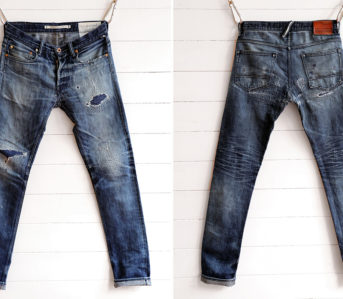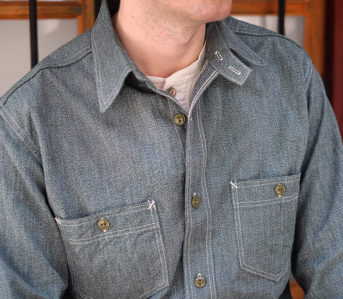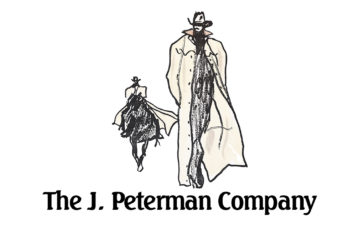The first pair of shoes from 2120 Handcrafted I saw were on La Brea in mid-city Los Angeles. They were the brand’s veg-tan loafers and I must have misheard the wearer when he told me where he got them because it took me quite a while to track the brand down. When I finally did, it was another happy accident, this time at the Rose Bowl flea market, where the full line was on display. My chase finally ended at De La Studio, where during a sample sale, Aram Vanerian, the owner and designer took the time to size me and have a brand-new pair of loafers custom-made.
The hunt, all of which was word of mouth and happenstance, and the subsequent wait for my custom loafers made the brand feel all the more special in a world of instant gratification and Amazon Prime. My run-ins with the 2120’s core team have, without exception, been extremely fun and I thought it only right to speak to the man himself, Aram, as he prepares to take his small L.A.-centric shoe brand to the world with his brand new website.
Aram and I sat down over some iced coffees in his Arts District studio to talk shoes, fashion, and his many passions and projects.
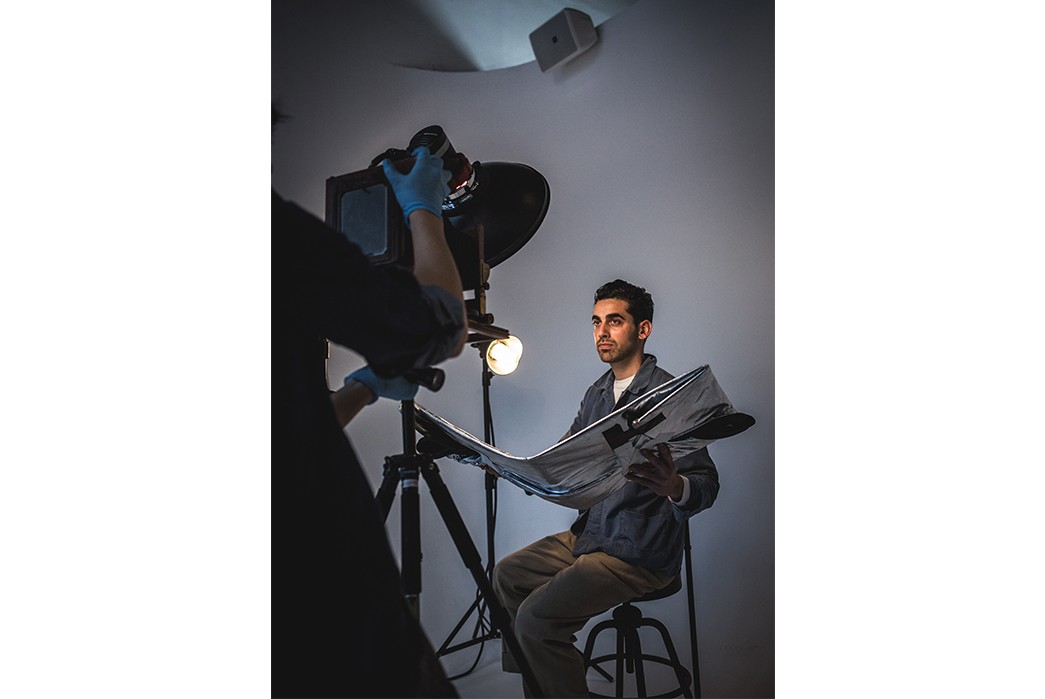
Aram Vanerian. Image via Ethan Wong.
Albert Muzquiz: Who the hell are you?
Aram Vanerian: I’m Aram Vanerian. LA native, born and raised here. We’re talking about 2120 [Handcrafted], so I want to give you some insight into my life as a designer and small business owner. I grew up in LA, my parents are in the jewelry business, so the big thing about me growing up here and their work was, ya know, they were designers and makers of handmade jewelry, so I guess a lot of my influence comes directly from that part of my life. Obviously, shoes are a completely different medium, but I found myself with a passion for footwear early on in my life and didn’t really get to understand it until I got to go to Mexico and research how shoes are made—ya know, what real hand-crafting footwear is.
I did so with a friend who wanted to make sneakers; high-end, quality-made sneakers. And then I didn’t really get to design until I learned how shoes are actually made. So I spent a few months at a time in Léon, Mexico; which is, in my opinion, the shoe-making capital of North America and I got to engulf myself in that world and learn under a factory owner who took me under his wing and gave me insight into what he knew and what he was doing. I learned through that how shoes were made. Through that I started to design, build a small collection—sorry I’m blabbing.
AM: No it’s awesome, please blab!
AV: Yeah, develop a collection for today’s guy, from a minimalist design perspective that’s also really high-quality, versatile, and durable. Living in a city, we see so much out there with products that are coming out. So much of it is trend-focused. We’re on the more classic end of design with quality that we don’t necessarily see every day.
AM: So you learned from the ground up, from the construction and then put it together yourself.
AV: Yeah, so I found this factory through contacts that I created by just being curious. The first foray was a friend who we had hired a designer. But we couldn’t really find anything that made sense. [The designer] wasn’t really understanding what we were trying to create. We also maybe didn’t really have the right vocabulary and the right knowledge of what we wanted to develop. But we gained that through going into the factories—learning by kind of apprenticing with the factory owner. It was a very intimate situation because it wasn’t a very big factory. We got to learn every step and exactly why it was done and different ways of doing it. Then I started to say, “Wow, I can design a shoe!”
I had to learn it, but I convinced myself that I could do this. My first few tries were not terrible, but there were little mistakes and little corrections we made that helped me get better. That helped me hone my skill and also my aesthetic; because, when you’re designing, you can go so many directions, but when you’re developing a line, you want it to be cohesive and thought-out and thorough. And also, I think a big thing for any designer is that someone can see your vision and see it from each pair of shoes, or whatever it is you’re putting out there. And that was a big part of my growing up in the industry and learning to do something from start to finish. Mexico, the factories, the tanneries, and all the suppliers—they’re the ones that taught me and they’re the whole reason this line is here. I don’t think I could have even done this in LA.
AM: You’re putting a line together, and what point did it become the 2120 we see today?
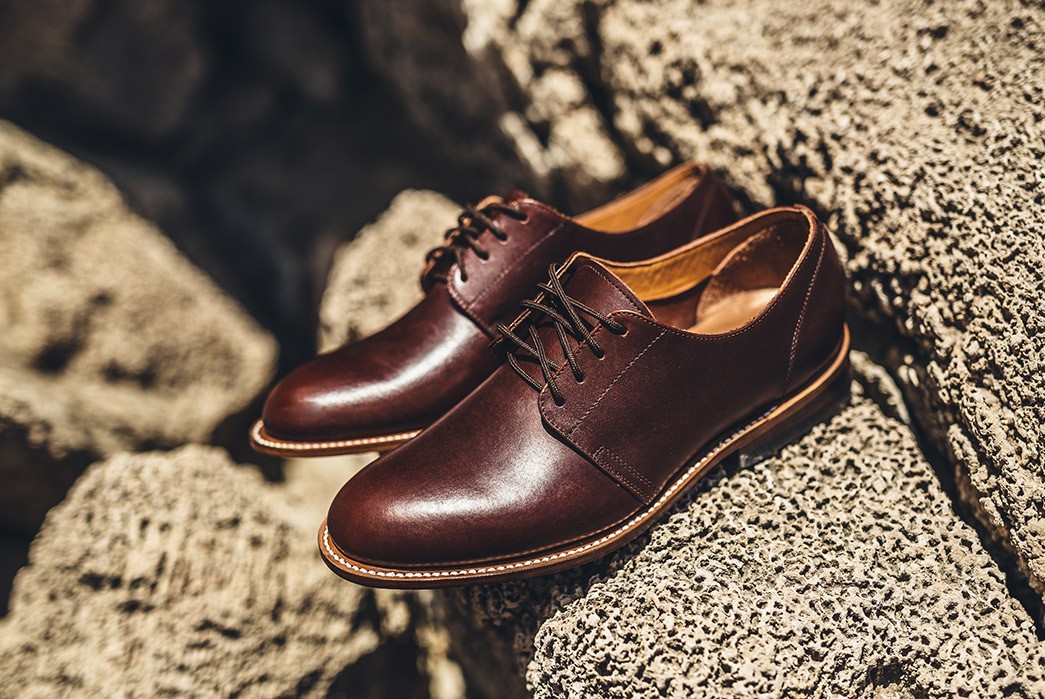
AV: It’s still evolving, believe it or not. To look at what I have today, I’ve tried a lot of patterns and different lasts, which are so important to the way shoes are made because we’re dealing with raw materials and we’re building from the ground up. So, this line has been around for four years now, 2015 we started. We’re releasing a new derby, so the collection today has come together within the last few months, but it’s continuing to grow and evolve. Even our Detroit Boot, we changed a year-and-a-half ago. We changed a lot of small components of the shoe to improve the durability.
AM: The Heddels audience is super into detail, so they do get super stoked about things like the lasts. So in terms of the construction and design, what are you really proud of? What are you excited about?
AV: We’re really proud that we source every bit of material, except for one outsole for our boot, from a three-mile radius. So everything is sourced, except for that one small component, from a very small part of the world. We’re proud of that because we just want to make a more ethical shoe, but the components together, we try to use the best materials we can find. We source from, what I think, is the best tannery in Mexico. The best outsole, which is all leather. It’s leather shoulder, so it’s durable, but it breaks in nicely. We goodyear welt our shoes with cork and a metal shank, which make it stable and long-lasting. We also try to find leather that’s super durable but not extra stiff, which I think is appropriate for our collection because the break-in time isn’t very long. For our purposes, we want to make something accessible for someone who wants a really nice pair of shoes. We want it to be available for more people than just those who want the most intense boot that can be made. So we’re trying to find this fine line with durability in construction, but not something that’s gonna blister and mess up people’s feet in the first month of wear.
AM: This might be making you choose between your babies, but do you feel there is an essential piece or core piece?
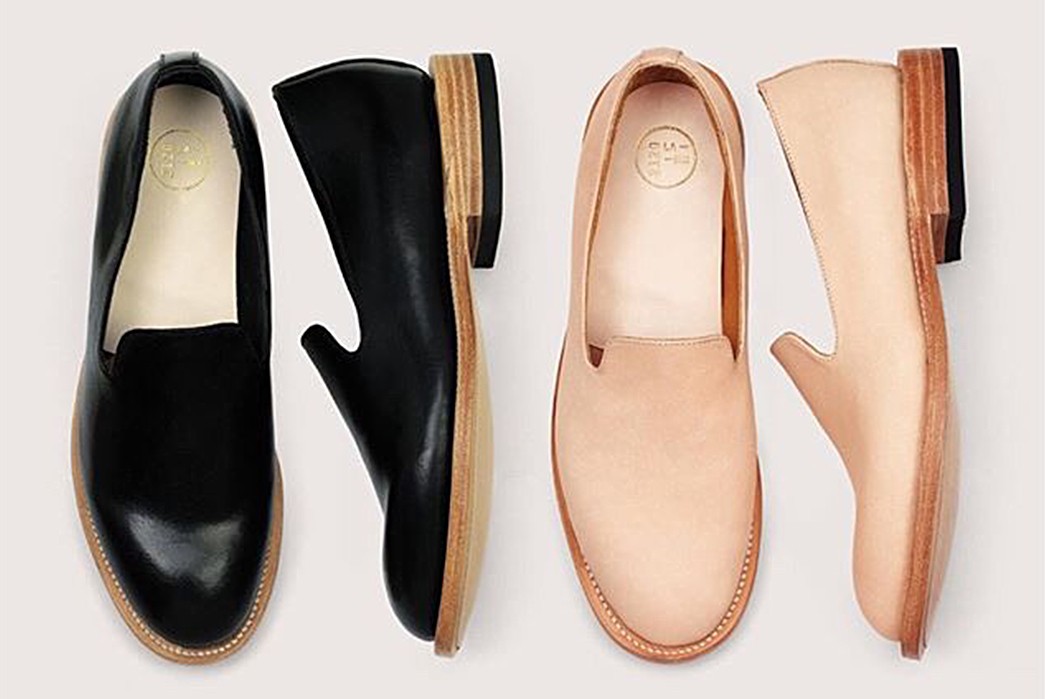
2120 Handcrafted’s iconic loafers. Image via Aram Vanerian.
AV: They all have their own purpose and they all go well with certain looks. And any parent or designer might say the same thing, but I think our loafer has received the most love over the years. I think it’s a bit more unique and it serves as a more memorable piece for a lot of people. It’s probably been our best seller and it’s getting more attention overseas and in Asia and in Japan, where I think a loafer or a slip-on does well culturally and the menswear market is finally accepting the loafer as a must-have in a closet. So I think that’s our baby.
AM: I’m glad you say that, because, obviously that’s the one I have, but that’s the one I was starting to see on people’s feet. And I was like, “what is this shoe?” You’re talking about overseas, but in my narrow view, 2120 feels very ‘L.A.’ to me.
AV: It certainly is. A big part of it is that it’s me. I have Garrett [Gooch], who’s my right hand with the business and my fiancée, Callie [Humphrey], who we’ll talk more about later. It’s just us. We’re the team. Garrett is a big help for me because he’s with me every time we do a popup, every time we do events, and just sort of spreading the word. We don’t have a huge budget for travel or trade shows or anything like that. A big part of our approach is getting to the people in Los Angeles. Maybe 90% of all our shoes are in L.A., because they’re sold to locals who are here. And there are lots of Japanese folks who come to L.A. and more and more, they’re always grabbing that loafer and are curious about it. And I use that as a big inspiration for where we want to take the business outside of L.A. It’s just the three of us, it’s us here. Mexico is that connection, so we can accessibly manufacture and develop our products. But all the relationships we’re building are coming through here.
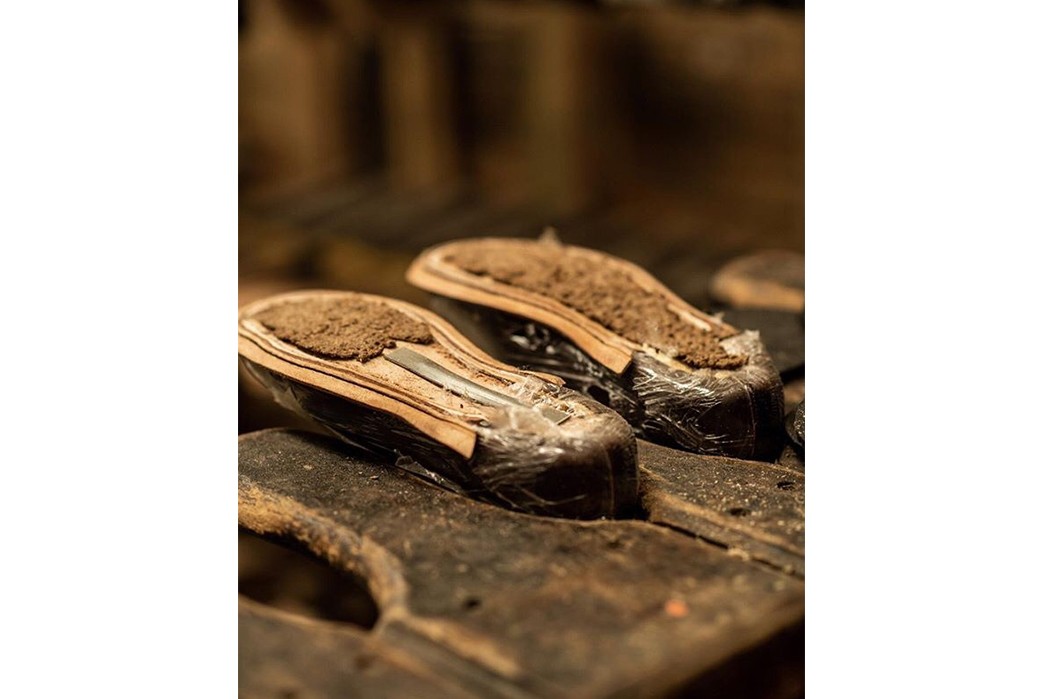
Cork is applied in the factory. Image via Aram Vanerian.
AM: And what you’re saying about your design aesthetic seen across every piece in the line—is the loafer a good indicator of that minimalism?
AV: Certainly. Every design we do, I try to trim every extra piece of leather or whatever excess thing there is—I want to minimize it. The loafer is certainly that. It isn’t technically a whole-cut, but it is a whole-cut upper and a little leather strip to hide the seam. And that’s a really difficult shoe to make, you can ask any shoemaker. They’ll tell you that that shoe is really interesting or special because it’s just one piece of leather. It’s hard to make that.
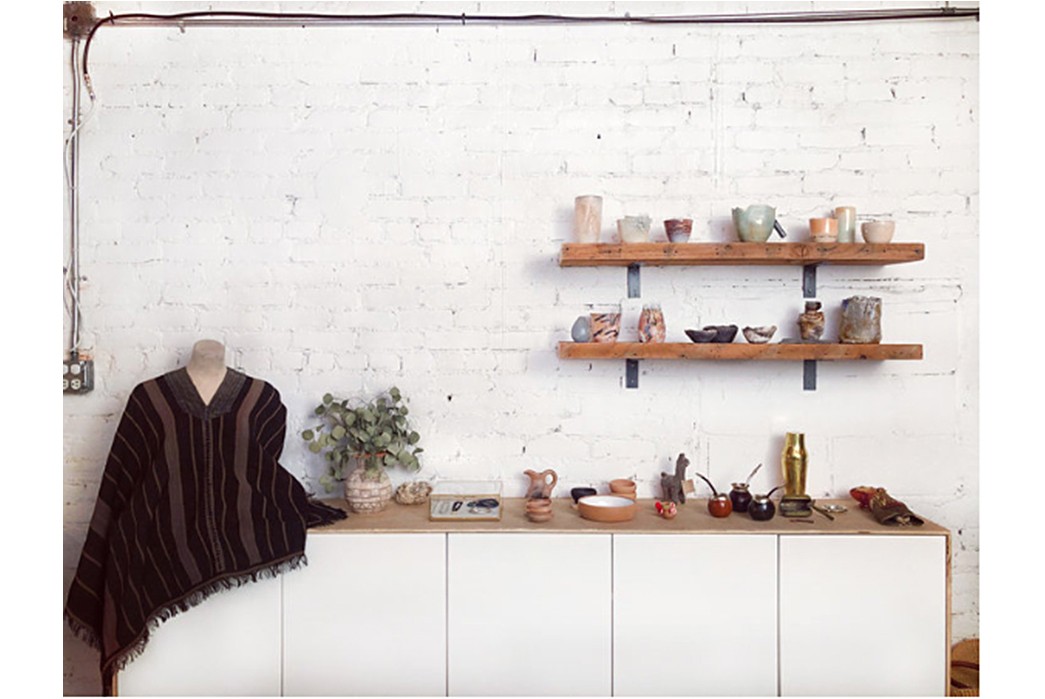
De La Studio. Image via De La Studio.
AM: So maybe we’ll put 2120 on pause, because you have a lot of stuff you’re doing. This is De La Studio, what can you tell me about that?
AV: So De LA Studio, started by my fiancée, Callie Humphrey and I, is basically a multi-disciplinary studio or agency that is our home and office for our business as well as a small showroom for our footwear; for our jewelry line, called Vanie, which is actually my mom’s line (again, she has over forty years of experience in the jewelry business with my dad but they’ve never had a line. They’ve never had a line, they’ve only been in the retail and wholesale business so we’re helping to develop her collection into a brand); as well as a textile designer, Iona, from Buenos Aires, Argentina. She designs and has textiles made all by hand. Everything is sourced, developed, and made from a farm and small home in Northwest Argentina. Which is really fascinating, because the textiles you see, the animals they come from are all raised and sheared and stretched and made by this one small family.
So, with De La Studio, we want to work with brands or designers that are catering to the hand-crafted and the original way things were done. That’s why our shoes are handmade, that’s why all our jewelry is handmade, and all these textiles from Iona are done from a small circle. It’s sort of preserving the way things used to be done in a world where mass consumption and mass production is so prevalent. It’s really just focusing on helping those designers bring their work to life. Whether it’s web design, copywriting, brand development—we’re just sort of helping them develop themselves visually and out there in the world, a world that’s so involved with computers and social media. Everything we hear about is coming through a screen.
And the space is secondly used as an exhibition space. So if we were to display an artist’s work, that would be done here. Callie’s background is in curatorial practice and exhibition-making, so she has a passion for and knowledge of that and wants to incorporate that into the business.
AM: What’s new from De La Studio, what’s new from 2120? What’s coming?
AV: So for 2120, we’re launching a new website, which should be out by the time this is out. We’re trying to focus on telling a better story of how everything is made and why we’re doing things the way we are. We’ve done a couple photoshoots, which we think will help emphasize what it is we’re doing in the factory and why. We want to develop new products as well, but we’re mostly using this time to introduce ourselves to a larger market. We want to just get better—at making shoes, at being consistent, at making our customers happy. Work on some new wholesale accounts, we’ve got a few, just a handful and we want to develop that end of the business more. As well as experimenting with new materials, new styles. I’m really looking forward to developing something for a sandal or summer wear.
AM: Oh, nice!
AV: I’ll share that more later on. That’s been in the forefront of my mind, being that it’s a product that’s overlooked a lot for men or just not done very well. Or, not to my liking, at least. I feel like there’s some work there to be done. And I’m hoping that does something for us.
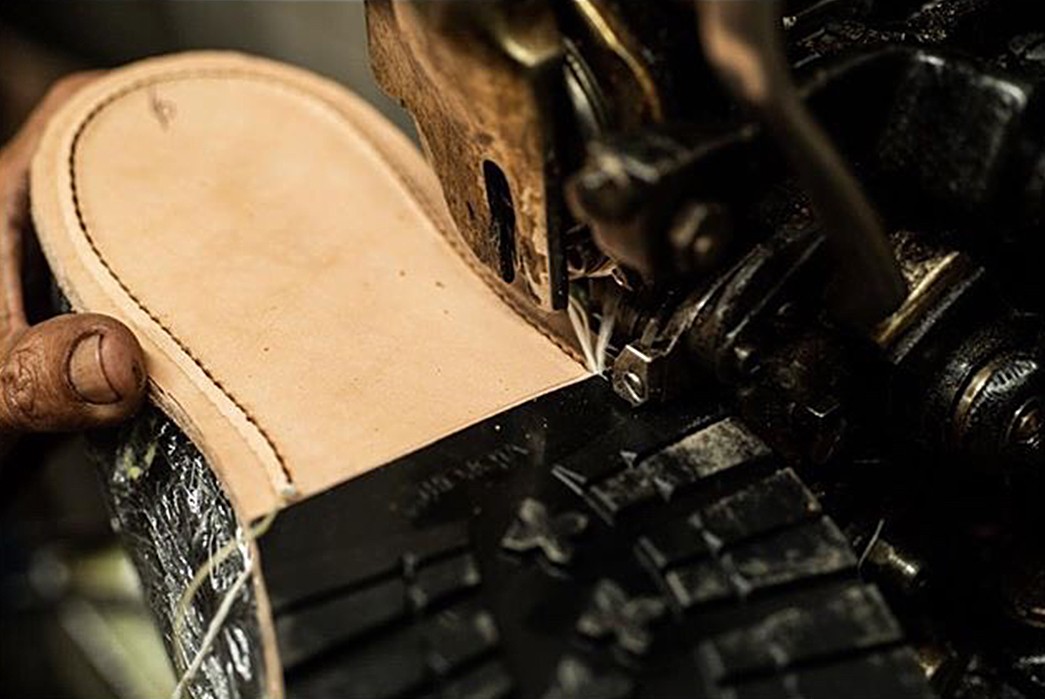
Outsole details. Image via Aram Vanerian.
AM: So what are some things you have no interest in making or doing.
AV: Ah, well I’m certainly not going to start a clothing line. Footwear, jewelry, and having a studio is certainly plenty. I wear jeans and a t-shirt every day, so I’m not so much of a fashion guy. But I love things that are well-made and handmade and I’m not a big collector, but I certainly like to find old things and collect them and bring them in the space and love to travel. Did you ask things that I don’t want to do?
AM: Ha, yeah, things you don’t want to do.
AV: Definitely no clothing, I think there’s too much of that out there. Especially in a space where we don’t need a whole lot to get by. So much clothing is being produced and over-made and oversold. And if it is clothing, I only try to support local or friends of mine or small-batch manufacturing, just to be conscious as a consumer. I want to limit myself to focus on the three things I have in front of me, which is the studio, my footwear collection, and helping my family with the jewelry. I have a dog, so she takes up a lot of my time…
AM: And the people you support, friends and such, who are some people you draw inspiration from?
AV: There’s a lot of people I draw inspiration from. Aesthetically and business-wise, sometimes they’re separate. If we’re talking about shoes, I really like the brand Feit. I love how they’re focusing on an ethical way to produce footwear and they do it beautifully and it’s such great quality and aesthetic, in my opinion. Other shoe brands, they have to be really focused on one thing and do it so well. There are brands like Yuketen that have such interesting designs and really focus on fit. Unmarked, in Mexico, I really like. But other brands outside of the footwear industry, what have I been wearing recently? I’m wearing my Thee Teenaged jeans, but they’re no longer around, which is sad.
AM: Who are these local folks, in terms of apparel, that you support?
AV: I really like Clutch Golf. Kosuke is a buddy of mine; also, I just really appreciate what he’s done as a maker and a designer. He just takes this early 30s and 40s aesthetic and blends it with his own Japanese style and really interesting materials and creates pieces that are really fun to wear and are really well-made. He made me a custom suit and literally hand-stitched the entire seam on the inside of the lapel and the cuff of the pant. And it’s stuff like that that you don’t see very often that I’m lucky to access and work with. He’s one. My buddy, Max, who has Made Solid, I always love his work. His aesthetic is so on point and his manufacturing is second to none. He does primarily leather goods. Another L.A. guy that I really appreciate.
AM: Is there stuff you’d like to see more from the L.A. fashion world, from this community that we’re a part of?
AV: Yes. I’d like to see less of—I don’t want to be rude—the streetwear thing I see everywhere and all these new brands that pop up. I feel like they have these networks of people that they make things with and they’re making them overseas. It’s overpriced graphic tees that obviously the Heddels reader isn’t super into, I’m sure. But it’s out there. I’d like to see less of that and I’d like to see the customers who really are into fashion do more research about where it all started or just have a little more intent on critiquing the industry. So many people out there are producing these huge runs of clothing and either they’re overspending and wasting and shipping from all over the world. Doing these things that just aren’t good for the environment or for humans just because it looks cool on Instagram or something. More tasteful clothing. More quality-made clothing. That’s what I’d like to see.
To see 2120 Handcrafted in all its glory, head over to their new website. Or, if you can make it to L.A., be sure to check out the studio and meet the people behind the shoes. Because maybe, just maybe, if you’re really nice, they might whip up something for you that no one else has, that isn’t even officially in their line.

